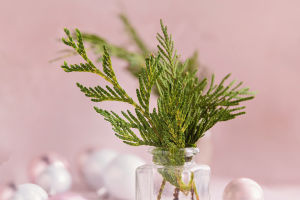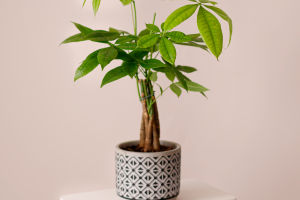Seed Travelers
Dandelions are herbaceous plants widely distributed around the globe, known for their unique seed dispersal method and medicinal value.
They are found extensively in the temperate regions of the Northern Hemisphere, particularly in meadows, along roadsides, in gardens, and on wastelands.
Dandelions possess strong vitality and adaptability, allowing them to thrive in various environmental conditions. Dandelion flowers are yellow and solitary, perched atop their flower stalks, with the flowering period typically occurring from late spring to early summer.
Dandelion seeds have a distinctive dispersal mechanism, which contributes to their widespread presence in nature. Mature dandelion flowers form a spherical seed head composed of many small seeds. Each seed is equipped with a long, white tuft of hairs resembling a small parachute. This tuft structure helps the seeds float on the wind, spreading to locations far from the parent plant.
Each dandelion flower head can produce hundreds of seeds, which are dispersed by the wind when mature. The seeds are lightweight and have excellent flight capabilities, allowing them to be carried away by the wind for distances ranging from several meters to several hundred meters. This reproductive method enables dandelions to rapidly colonize new environments and establish themselves in competitive ecosystems.
The structure of dandelion seeds is highly suited for wind dispersal. The main part of the seed is the endosperm and embryo, with the endosperm providing the nutrients needed for germination. The seed's outer layer is a thin seed coat, and the tuft of hairs outside the seed coat consists of many slender hairs arranged like the ribs of an umbrella, effectively capturing air and using wind power to carry the seed away from the parent plant.
When the seed's tuft of hairs unfolds in the wind, it forms an umbrella-like structure that allows the seed to remain airborne longer, increasing its dispersal distance. The tuft of hairs causes the seed to rotate slowly in the wind, which stabilizes its flight and improves dispersal efficiency.
Dandelions play an important role in ecosystems. As an early spring flower, they provide food for early pollinators, helping to maintain ecological balance. Their deep root systems improve soil structure by increasing soil aeration and water retention. Additionally, dandelions prevent soil erosion through their extensive root systems, thus protecting soil health.
Beyond their ecological role, dandelions have a long history in traditional medicine. The roots, leaves, and flowers of dandelions are used for medicinal purposes, with their value recognized across different cultures. Dandelion roots are believed to have diuretic, anti-inflammatory, and digestive benefits. They contain bioactive compounds such as bitter principles, flavonoids, and polysaccharides, which aid in increasing urine output and reducing water retention.
Dandelion leaves are rich in vitamins A and C, as well as minerals like potassium, calcium, and magnesium, and are often used in salads to boost the immune system and promote health. Dandelion flowers are commonly used to make herbal tea, which has detoxifying effects and helps relieve skin conditions and digestive issues.
In summary, understanding the ecological role and medicinal value of dandelions not only helps us better appreciate this plant but also raises our awareness of nature conservation. By learning more about dandelions, we can better appreciate and utilize this ubiquitous plant in our lives.


